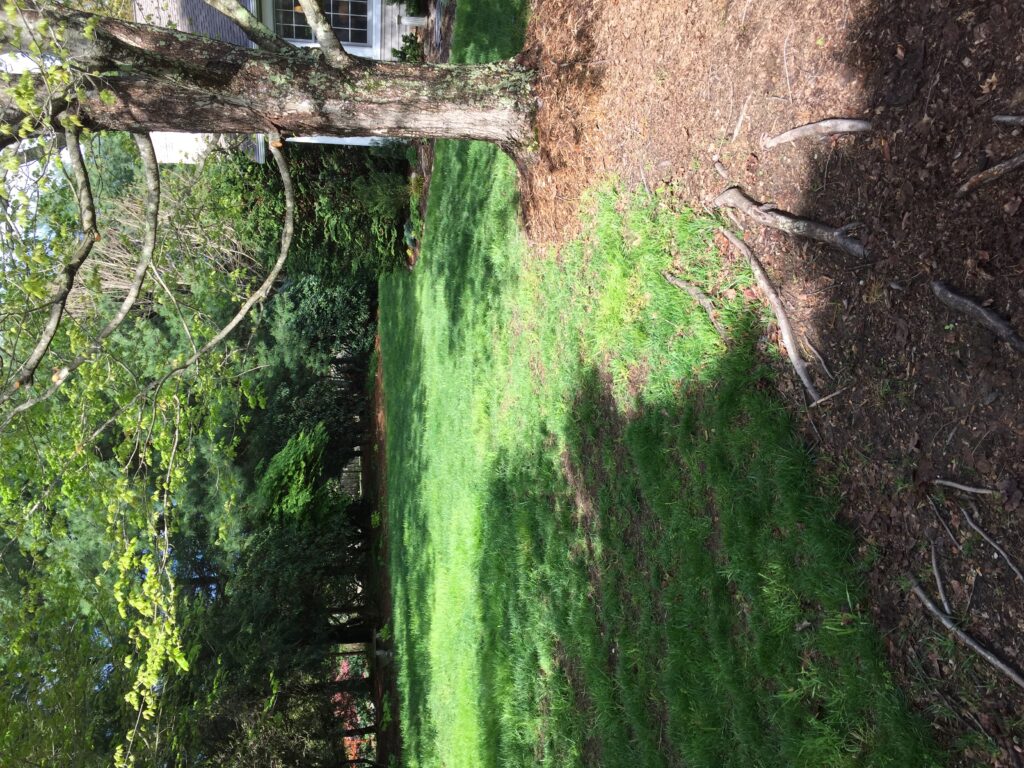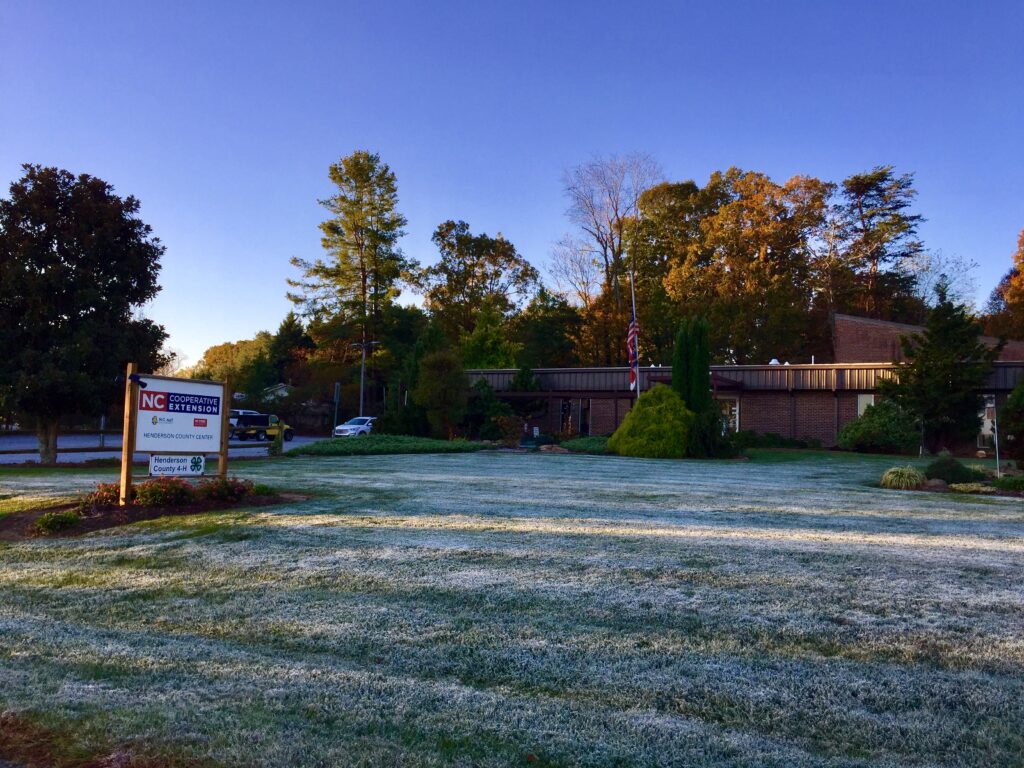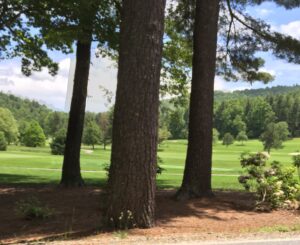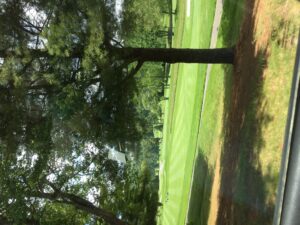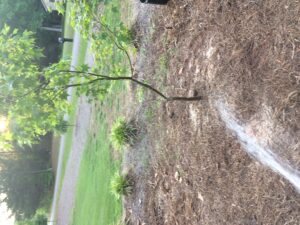Tree Health Alert – Mowers and Tree Roots
go.ncsu.edu/readext?960854
en Español / em Português
El inglés es el idioma de control de esta página. En la medida en que haya algún conflicto entre la traducción al inglés y la traducción, el inglés prevalece.
Al hacer clic en el enlace de traducción se activa un servicio de traducción gratuito para convertir la página al español. Al igual que con cualquier traducción por Internet, la conversión no es sensible al contexto y puede que no traduzca el texto en su significado original. NC State Extension no garantiza la exactitud del texto traducido. Por favor, tenga en cuenta que algunas aplicaciones y/o servicios pueden no funcionar como se espera cuando se traducen.
Português
Inglês é o idioma de controle desta página. Na medida que haja algum conflito entre o texto original em Inglês e a tradução, o Inglês prevalece.
Ao clicar no link de tradução, um serviço gratuito de tradução será ativado para converter a página para o Português. Como em qualquer tradução pela internet, a conversão não é sensivel ao contexto e pode não ocorrer a tradução para o significado orginal. O serviço de Extensão da Carolina do Norte (NC State Extension) não garante a exatidão do texto traduzido. Por favor, observe que algumas funções ou serviços podem não funcionar como esperado após a tradução.
English
English is the controlling language of this page. To the extent there is any conflict between the English text and the translation, English controls.
Clicking on the translation link activates a free translation service to convert the page to Spanish. As with any Internet translation, the conversion is not context-sensitive and may not translate the text to its original meaning. NC State Extension does not guarantee the accuracy of the translated text. Please note that some applications and/or services may not function as expected when translated.
Collapse ▲Lawns are great. They provide people a nice, soft, verdant area to recreate outdoors. Trees are equally great. They provide shade and beauty for gardeners. However, the management that trees need and the care that grass needs can sometimes be at odds.
Protect Tree Roots
Arborists consider the ‘critical root zone of a mature tree to be about 30’ from the trunk. That means we want to protect this area and avoid soil compaction and root damage. The best way to do this is not have a lawn under large trees and mulch the critical root zone of trees.
In the image above you can see how far the roots extend from the trunk of this maple. Imagine there are roots through much of this lawn. Trees and lawns are not good for one another. Grasses typically do not grow in the woods and trees generally do not grow in grassy meadows. Tree roots can’t compete with the thick fibrous root system of a robust healthy lawn. Lawns need the sun that is often blocked by tree canopies. Both grasses and trees need soil nutrients and water and are in competition for both in home landscapes.
Tree Roots Are Not Deep
Tree roots need to be in the upper few inches of soil so that they can take up oxygen. Roots do not go deep underground due to low oxygen in soil. Most topsoil in the southeastern US is only a few inches deep. Below that thin layer of topsoil is acidic clay where roots can’t grow.
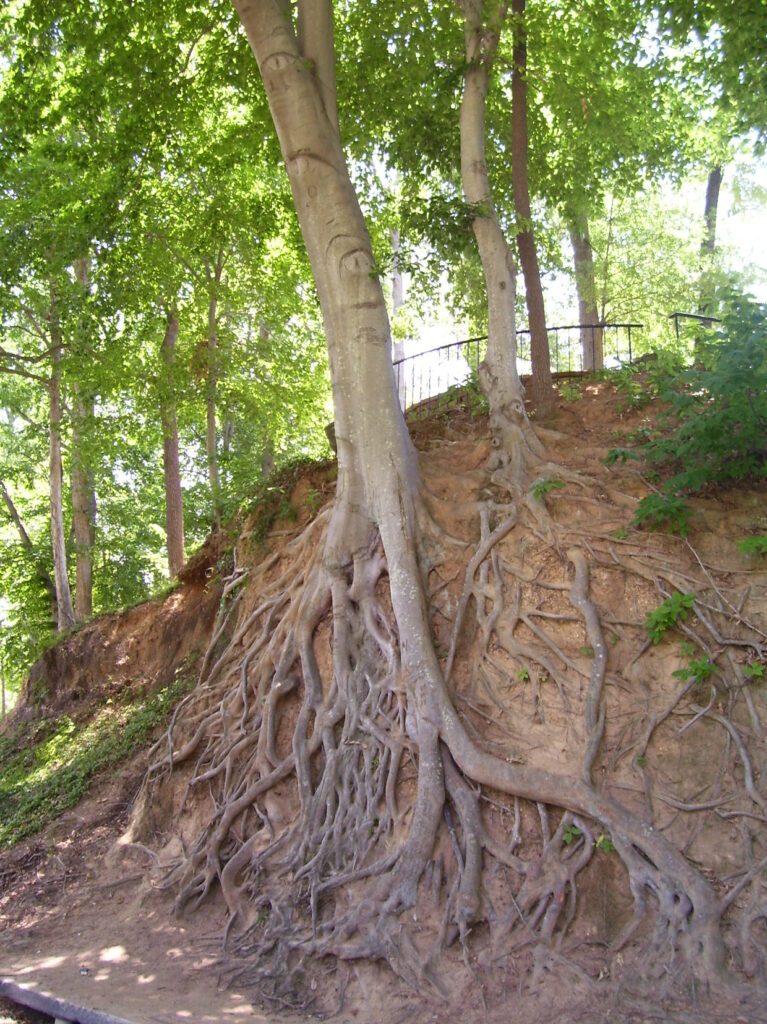
The ‘Medusa Tree’ in Greenville, SC demonstrates clearly how tree roots form just under the soil. The soil over this root system has been lost over the years exposing the intricate network of roots.
Equipment Can Compact Soils
Soil compaction can be caused by equipment driving over a tree’s root zone. This compaction squishes the air spaces between soil particles out of the soil. These air spaces are where oxygen is obtained by tree roots and where soil water is stored. When soils are compacted they do not hold oxygen and water as well.
Tree roots seem to rise up out of the ground because today’s heavy and powerful mowers compact the soil and blow loose soil particles away.Today’s zero-turn mowers can weigh between 500 and 1000 pounds. In the image below you can see that these trees appear to be on raised islands after years of soil compaction and soil loss due to mowing over the root zone of the trees. It would have been far better for the health of the trees to have cultivated a mulched area under the trees to at least the drip line of the tree.
According to NC State experts, “Ideally, the distribution of solid (soil particles) and pore space (space between soil particles) will be 50% mineral and organic matter, 25% air, and 25% water. Compacted soils will have a higher percentage of solids and less pore space for air and water. The negative impacts of soil compaction include poor drainage, decreased root growth, decreased nutrient and water uptake, and overall reduced (growth).”
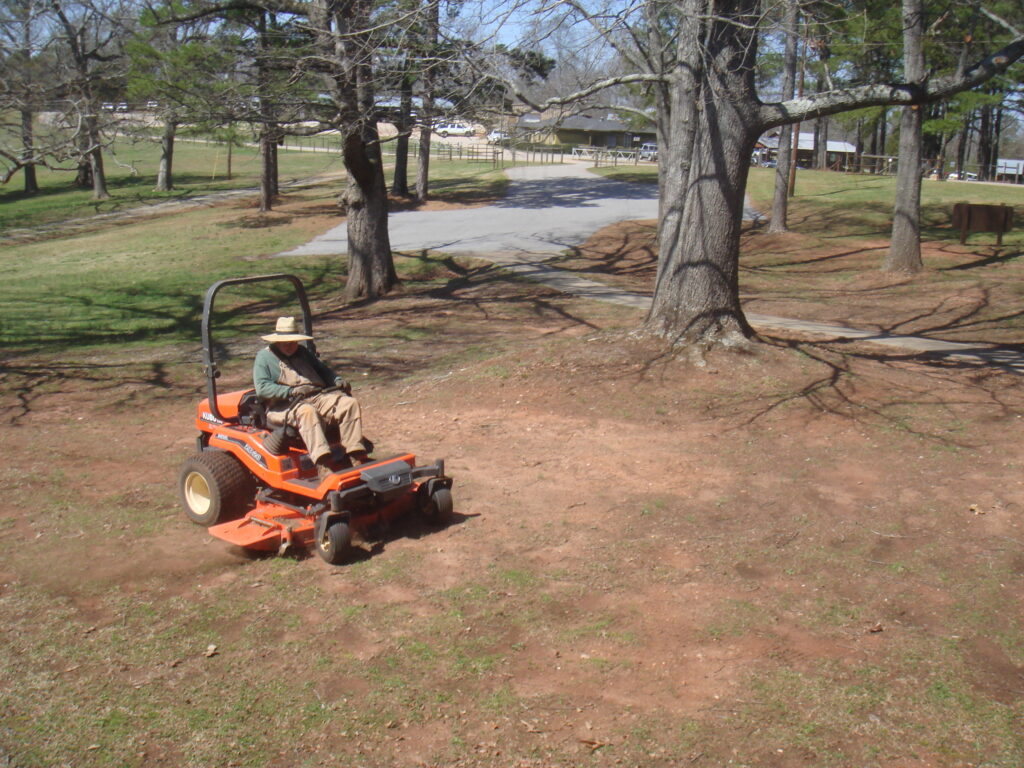
Years of mowing which blows away loose soil and compacts the remaining soil has left these trees on raised islands. Mature trees usually decline and eventually die due to this sort of root damage.
Preventing Tree Root Damage By Mowers
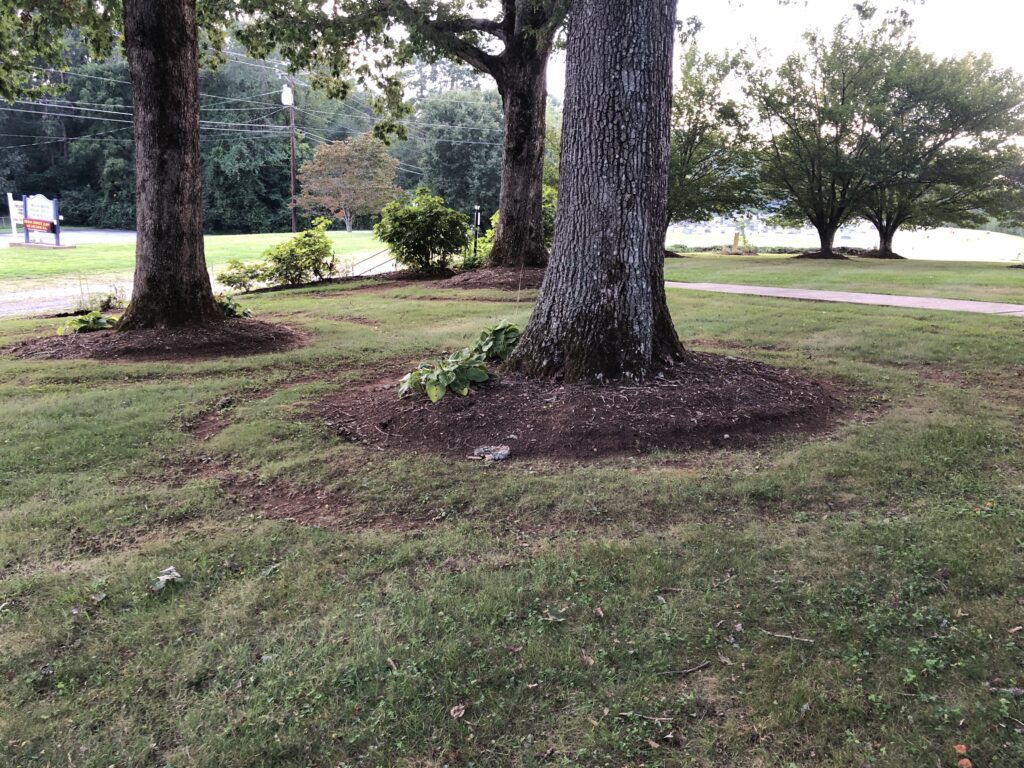
Mower damage to the lawn and to tree roots. If every tree were mulched to the drip line then this would not be an issue.
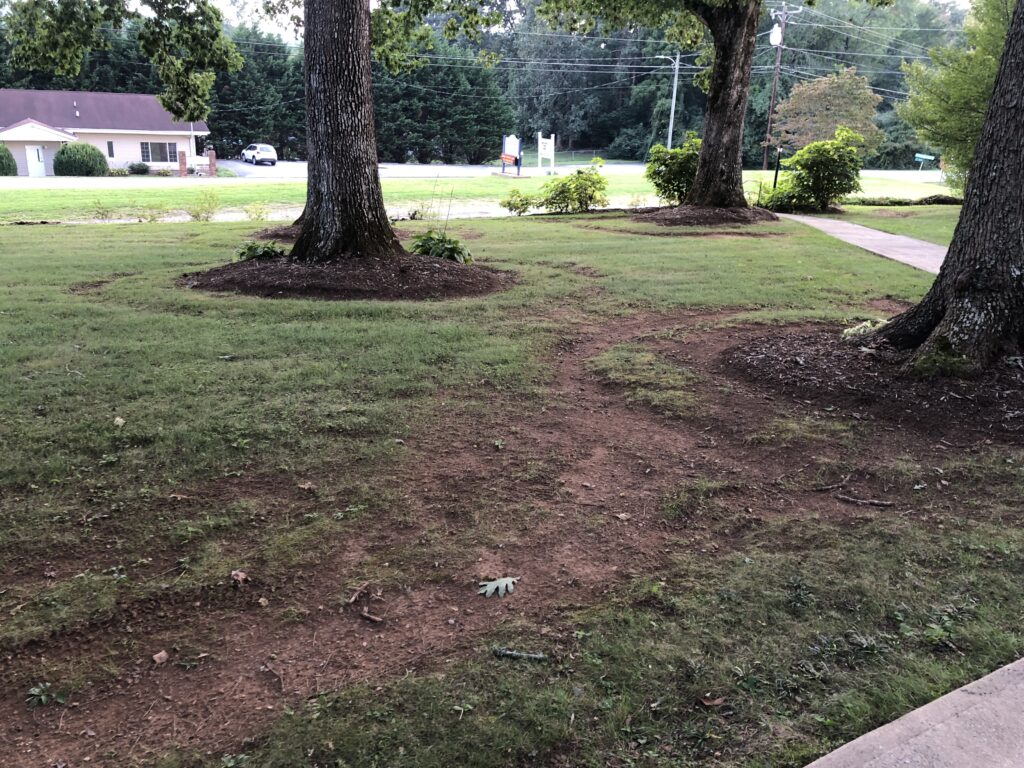
This lawn was mowed too short and the driver obviously was going so fast that the tires spun killing the grass under the trees. It would be better to mulch the area under the trees connecting them into one large bed. This situation is bad for the lawn and bad for the trees.





